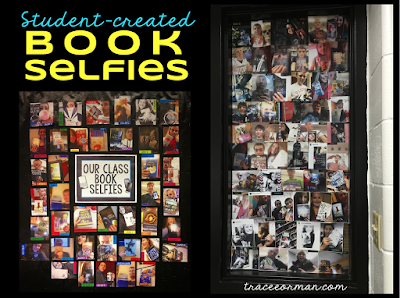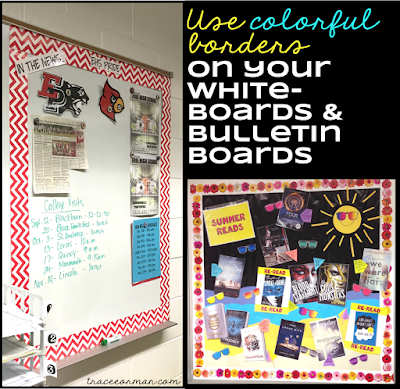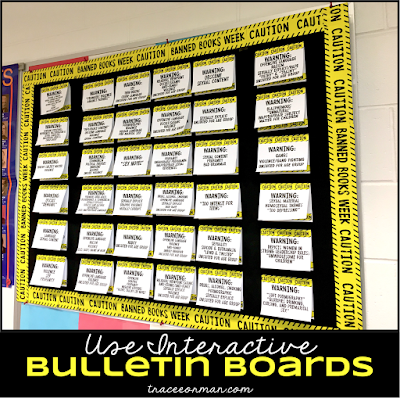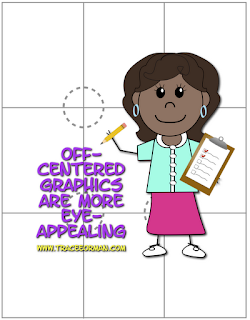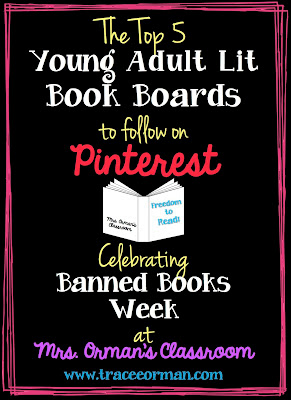 |
| Top 5 YA Lit Book Boards on Pinterest |
My Top 5 Picks for Young Adult Literature Book Boards:
1. New in Young Adult Fiction by GoodReads: At the start of every month, we'll post the most popular new releases in young adult fiction, the books that Goodreads members are adding to their to-read shelves!
2. Oakland Public Library TeenZone: "Books, movies, videogames, events & more! Our 6 TeenZones are your spot to have fun, meet up, explore and participate! Come visit us. http://www.oaklandlibrary.org." I can't choose just one of their pin boards. Seriously. You'll want to follow all of them.
3. Scholastic has several boards that feature YA book choices, so I'm lumping them together:
- Dystopian Picks: Who doesn't love a good dystopia? And in YA lit, there's plenty of great new ones.
- Summer Reading Picks: Even though this board contains many children's books, there are several good YA books, as well.
- Baseball Picks: I love baseball and baseball-themed books. My only complaint is I wish there were more books on the board!
One board I'd LOVE to see from Scholastic is a "BookBeat" board with links to all their titles from their BookBeat catalog. So how 'bout it, Scholastic? ;)
4. YA Favorites by Random House Kids: features some new titles you may not see elsewhere.
5. Young Adult Literature by Little Rock AFB Library: Offers a great selection of books for a variety of readers.
Worth Mentioning:
Greece Public Library's Teen Books is another awesome pin board for YA fiction. Actually, they have a great assortment of so many boards, they are worth a "Follow All"!
And the icing on the cake for those looking for YA authors to follow is YA Highway's post with a plethora of links to authors on Pinterest: YA Authors on Pinterest
If you are a teen librarian, an excellent collaborative board to follow is the Teen Programming in Libraries (a collaborative board)
Collaborate With Me!?
I've looked for collaborative boards that focus solely on YA title picks. I haven't come across too many, and mine (Young Adult (YA) Literature) is a little sad and needs more pins. I tend to pin more on my Books for Boys and Books for Girls boards, so I'd love to make it a collaborative board. With 2,000+ followers, it might be a good opportunity to get some exposure, too. If you are interested, leave your Pinterest address below and I will add you.
Also, leave a link to any other boards I've forgotten (I know there are many more!).

















